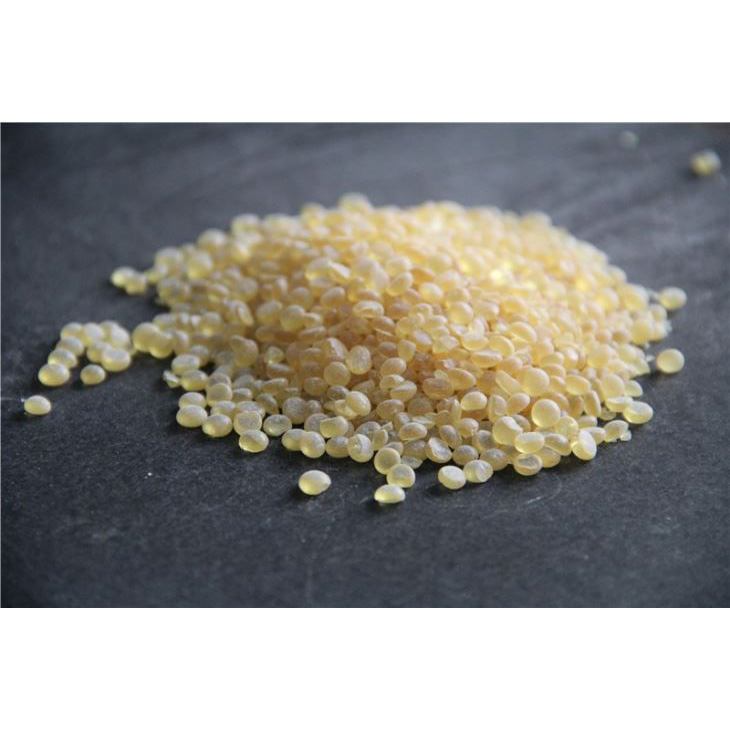Environmental Impacts of Producing and Disposing of Copolymerized Hydrocarbon Resin: Exploring Sustainable Alternatives
2024-07-02
The production and disposal of synthetic materials have significant environmental implications, and Copolymerized Hydrocarbon Resin is no exception. While this versatile material offers numerous industrial benefits, it's crucial to understand its environmental footprint and explore sustainable alternatives. This blog examines the environmental impacts associated with Copolymerized Hydrocarbon Resin and highlights potential eco-friendly options.
Environmental Impacts of Producing Copolymerized Hydrocarbon Resin
1. Raw Material Extraction: The primary feedstocks for Copolymerized Hydrocarbon Resin are derived from petroleum, a non-renewable resource. Extracting and refining petroleum contributes to greenhouse gas emissions, habitat destruction, and pollution.
2. Energy Consumption: The production process involves significant energy consumption, particularly during the polymerization and distillation stages. High energy use translates to increased carbon emissions, contributing to climate change.
3. Chemical Byproducts: The synthesis of Copolymerized Hydrocarbon Resin generates chemical byproducts, some of which may be hazardous. Proper management and disposal of these byproducts are essential to prevent environmental contamination.
4. Emissions and Waste: Manufacturing facilities may emit volatile organic compounds (VOCs) and other pollutants. Additionally, solid and liquid waste from production processes must be managed to minimize environmental impact.
Environmental Impacts of Disposing of Copolymerized Hydrocarbon Resin
1. Non-Biodegradability: Like many synthetic polymers, Copolymerized Hydrocarbon Resin is not biodegradable. When disposed of in landfills, it can persist for hundreds of years, contributing to long-term environmental pollution.
2. Incineration: Incinerating waste containing Copolymerized Hydrocarbon Resin can release toxic gases and particulate matter, posing health risks and contributing to air pollution.
3. Recycling Challenges: Recycling synthetic resins is often complex and inefficient. Contamination and the mixing of different polymer types can hinder the recycling process, leading to downcycling or disposal.
Sustainable Alternatives to Copolymerized Hydrocarbon Resin
1. Bio-Based Resins: Bio-based resins, derived from renewable resources such as plant oils, starches, and cellulose, offer a more sustainable alternative. These materials can reduce dependence on petroleum and often have a lower carbon footprint.
- Polylactic Acid (PLA): PLA is a biodegradable polymer made from fermented plant starch (usually corn). It is used in packaging, disposable cutlery, and 3D printing.
2. Recycled Resins: Utilizing post-consumer and post-industrial recycled plastics can significantly reduce the environmental impact. Advances in recycling technologies are improving the quality and performance of recycled resins.
- Recycled Polyethylene Terephthalate (rPET): rPET is widely used in packaging and textiles, offering similar properties to virgin PET but with a lower environmental footprint.
3. Green Chemistry Approaches: Developing resins using green chemistry principles—such as using non-toxic solvents, reducing energy consumption, and minimizing waste—can lead to more environmentally friendly production processes.
- Epoxidized Soybean Oil (ESO): ESO is used as a plasticizer and stabilizer in PVC, offering a bio-based and less toxic alternative to conventional additives.
4. Enhanced Biodegradability: Research is ongoing to develop synthetic resins with enhanced biodegradability. These materials are designed to break down more rapidly under environmental conditions, reducing their long-term impact.
- Polyhydroxyalkanoates (PHA): PHA is a family of biodegradable plastics produced by bacterial fermentation of sugars or lipids. They are used in packaging, agriculture, and medical applications.
Conclusion
The production and disposal of Copolymerized Hydrocarbon Resin have notable environmental impacts, including resource depletion, energy consumption, pollution, and long-term waste persistence. However, the growing emphasis on sustainability is driving the development and adoption of more eco-friendly alternatives. Bio-based resins, recycled materials, green chemistry approaches, and enhanced biodegradability are promising pathways to reduce the environmental footprint of synthetic resins. As industries continue to innovate and prioritize sustainability, these alternatives will play a crucial role in creating a more sustainable future for material production and disposal.



